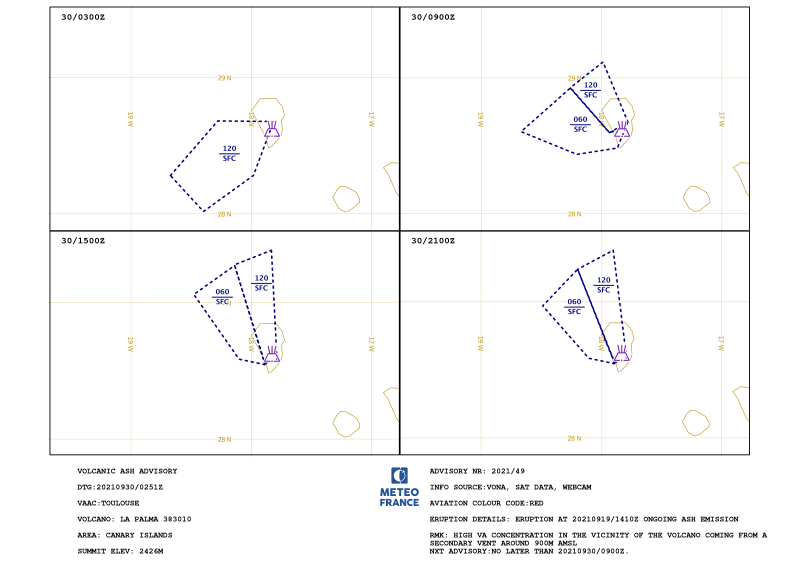-
1
- #1
Cumbre Vieja, a volcano on La Palma in the Canaries, just erupted a couple of hours ago. National Geographic did an episode on it as part of a 'Disaster Earth' series a few years ago. Essentially, there's evidence of a massive landslide on the island a few hundred millennia ago, the likes of which would have formed a tsunami large enough to hit the east coast of the US. A recent earthquake seems to have restarted the process and formed a large fissure along the island.
Here's to hoping it doesn't move any more....
Here's to hoping it doesn't move any more....

